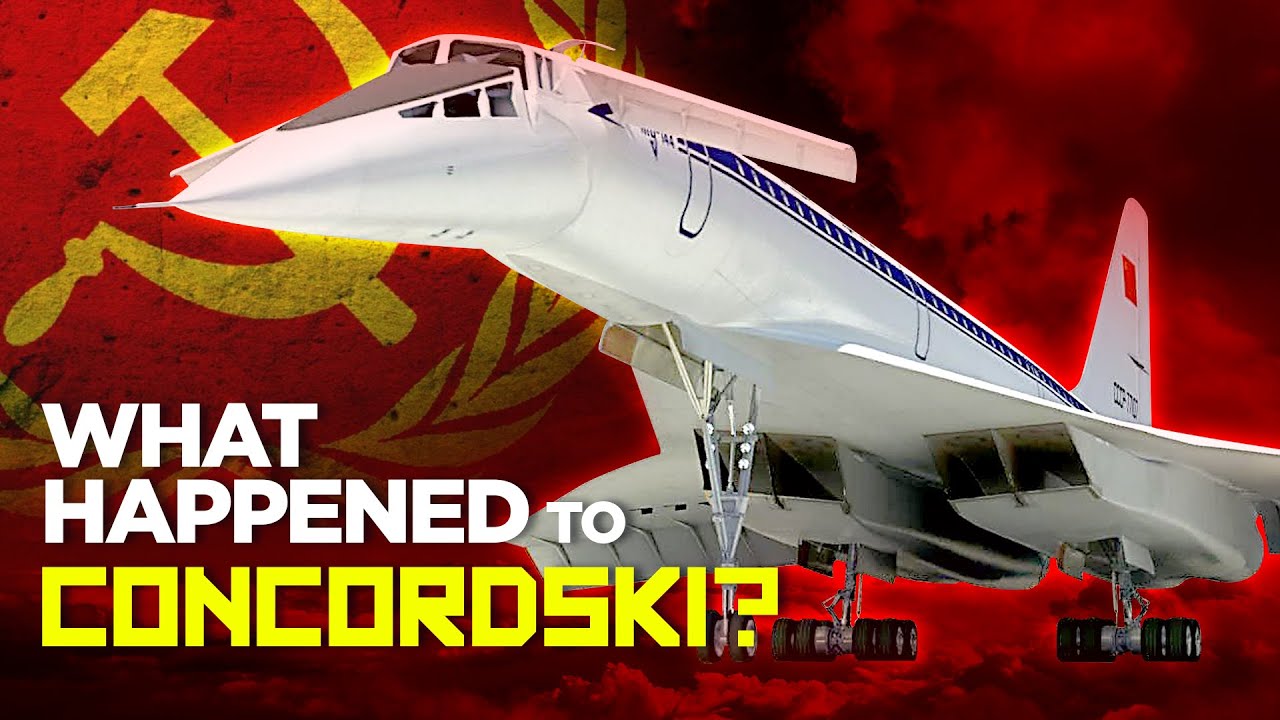That Soviet industrial espionage targeting the British-French Concorde supersonic airliner played a part in the design and development of the Tupolev 144 is beyond dispute: not only was some of the cloak and dagger work uncovered at the time, the British and French governments deliberately fed disinformation back through detected spies to delay and misdirect the Soviet project. The resemblance between the two planes is evident—see the 2023-04-05 post here, “Tu-144 and Concorde Side by Side”, for a detailed comparison.
There were substantial differences as well. Although the Tu-144 used nominally more modern turbofan engines, their less refined design, combined with the plane’s less complicated wing and inlet geometry, meant they could not sustain supersonic flight without constant use of the afterburner, which dramatically decreased fuel economy and range while increasing noise, both in the cabin and on the ground. (The Concorde could “supercruise”—it only used the afterburner when taking off and to punch through the high drag regime when accelerating through Mach 1.)
Only sixteen flight-worthy Tu-144 airframes were built, and the fleet performed only 55 revenue passenger flights between 1977-11-01 and 1978-06-01, after which it was retired. Counting cargo-only flights, Tu-144s made only 103 scheduled flights. The highly-visible 1973 Paris Air Show Tu-144 crash highlighted the crudeness of the design and prompted design changes which further delayed introduction.
After its retirement from commercial service, the remaining Tu-144s were used for research purposes including, after the fall of the Soviet Union, under contract for NASA. The last flight was in 1999.
